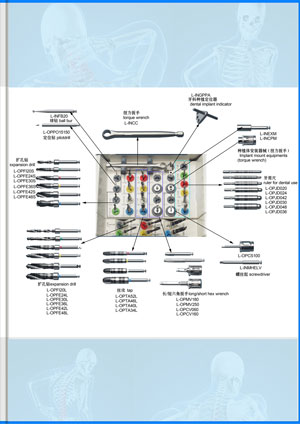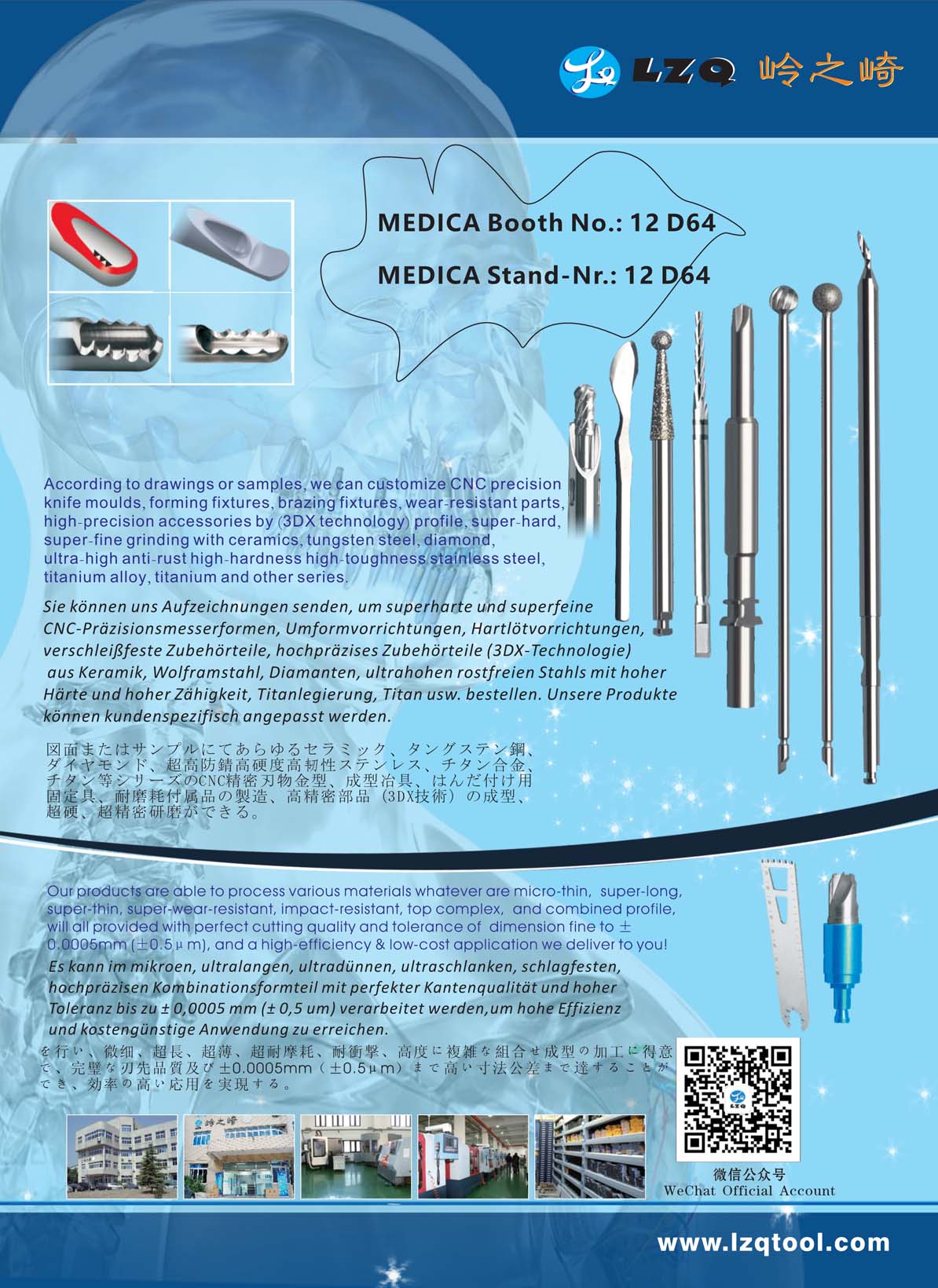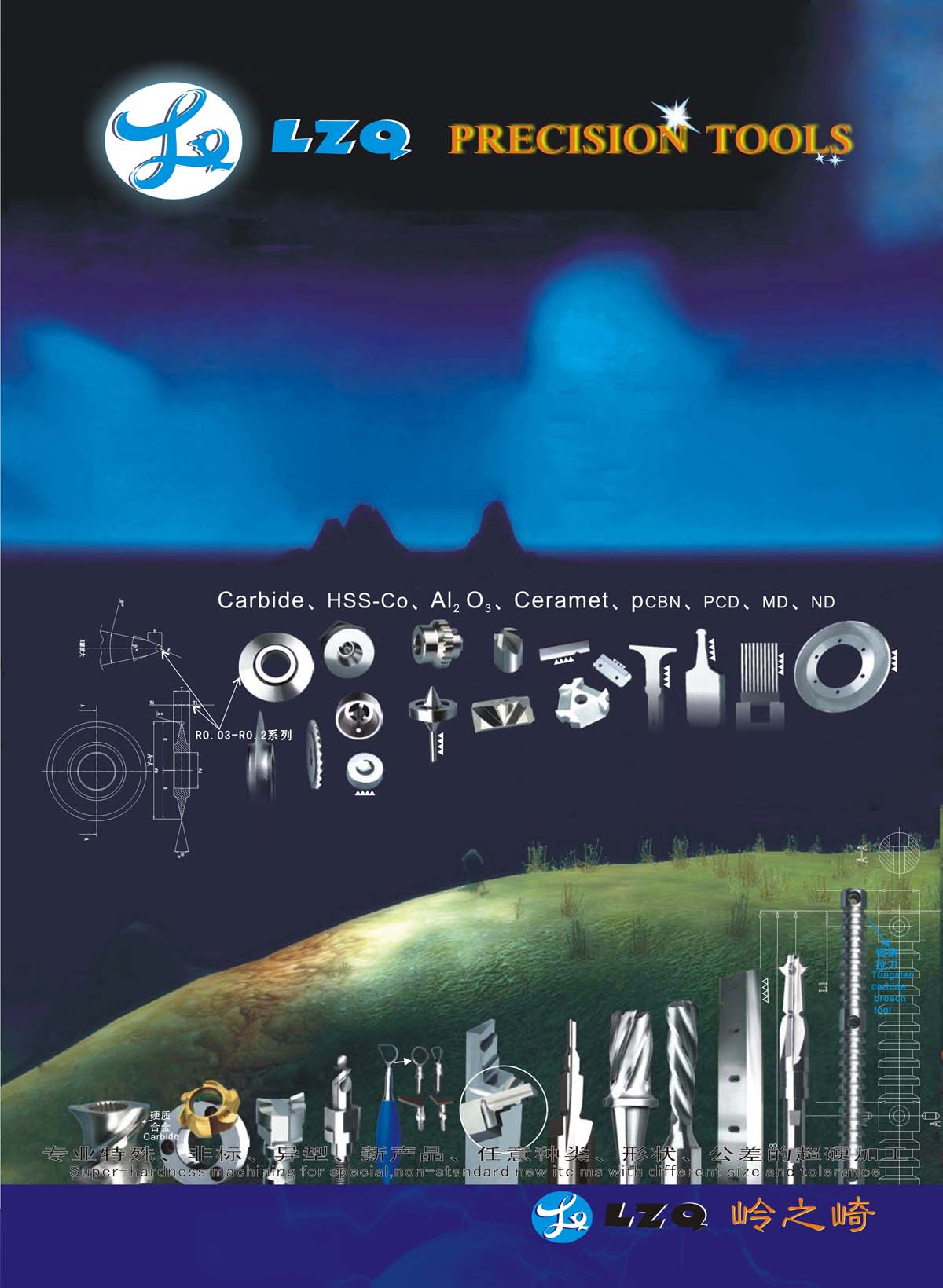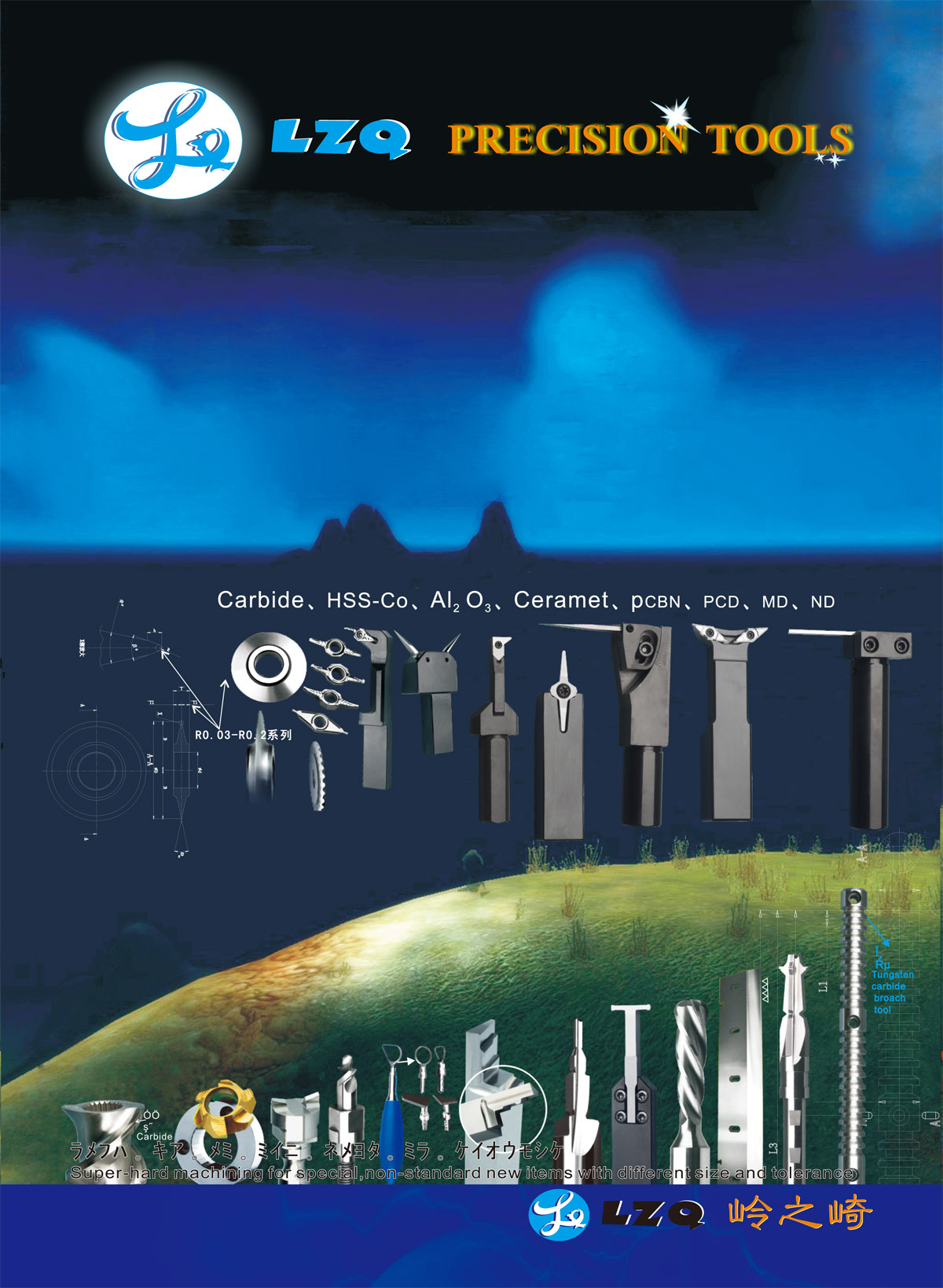Product Details
We can grind different tooth profiles, tooth angles, tooth depth and tooth sharpness according to the process rotate speed and feed ratio.
Material of cutting edge:
1. ultra-high anti-rust high wear-resistant stainless
steel(AA)(HRC54°±2°Section)(regular stock)
2. general anti-rust high wear-resistant stainless
steel(A)(HRC45°~64°Section) series. (regular stock)
3. Ceramic(HRA85°~94°)series,(HRC67°~84°) series
4. Carbide(HRA81°~94°) series,
(HRC60°~84°) series. (regular stock)
LZQ can adopt a designated international first-class high-quality raw materials and advanced integrated production system, to do molding, superhard and ultra-fine grinding with the powerful high-speed CNC grinding machining center (3DX technology) according to drawings or samples, with perfect edge quality and dimensional tolerance up to ± 0.0005mm (± 0.5um), which is at a very good cost performance.
Early orthopedics
Many developments in orthopedic surgical operation have resulted from experiences at some point of wartime. On the battlefields of the Middle Ages the injured had been dealt with bandages soaked in horses' blood which dried to shape a stiff, however unsanitary, splint.
Originally, the time period orthopedics intended the correcting of musculoskeletal deformities in children. Nicolas Andry, a professor of medicine at the University of Paris coined the time period in the first textbook written on the concern in 1741. He recommended the use of exercise, manipulation and splinting to deal with deformities in children. His e book used to be directed towards parents, and whilst some matters would be acquainted to orthopedists today, it additionally blanketed' excessive sweating of the palms' and freckles.

 +86-021-50327060
+86-021-50327060
 zq@lzqtech.com
zq@lzqtech.com
 Medical Instrument
We can achieve perfect edge quality and dimensional tolerance up to±0.0005mm (±0.5μm) in the process of micro, ultra-long, ultra-thin, super-abrasive, impact-resistant, high-precision and combined ... VIEW MORE
Medical Instrument
We can achieve perfect edge quality and dimensional tolerance up to±0.0005mm (±0.5μm) in the process of micro, ultra-long, ultra-thin, super-abrasive, impact-resistant, high-precision and combined ... VIEW MORE Implant
Corresponding and matching drills and tools of different types, forms, shapes, structures can be high precisely ground to mold according to different brands and different types of implants forms, shap... VIEW MORE
Implant
Corresponding and matching drills and tools of different types, forms, shapes, structures can be high precisely ground to mold according to different brands and different types of implants forms, shap... VIEW MORE Cutting Tools
Super-hardness machining for special, non-standard new ite ms with different size and tolerance. VIEW MORE
Cutting Tools
Super-hardness machining for special, non-standard new ite ms with different size and tolerance. VIEW MORE Accessory Parts
we can customize for you according to your samples or drawings for any manufacturing of ceramic,carbide,stainless high-speed steel, stainless steel, titanium alloy, titanium diamond, etc series, hig... VIEW MORE
Accessory Parts
we can customize for you according to your samples or drawings for any manufacturing of ceramic,carbide,stainless high-speed steel, stainless steel, titanium alloy, titanium diamond, etc series, hig... VIEW MORE






































































































 +86-021-50327060
+86-021-50327060 
 NO.1269 Plant, Jinhu Road, Jinqiao Export Processing Zone, Pudong New District, Shanghai, China.
NO.1269 Plant, Jinhu Road, Jinqiao Export Processing Zone, Pudong New District, Shanghai, China. 
